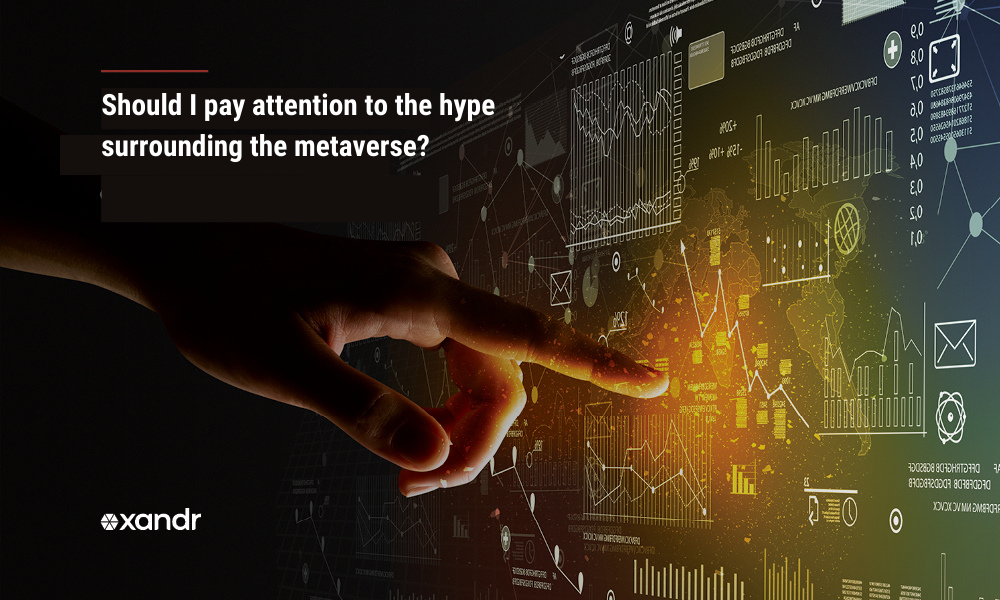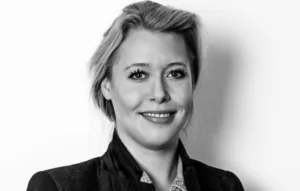The NDA Predictions Hub, in association with Xandr, is dedicated to insight and inspiration from some of our industry’s leading figures to help you make sense of how digital marketing and media will develop in 2022.
The predictions of our experts though may leave readers wondering exactly how they can shape their own marketing strategies to fit the trends identified. So as part our Predictions Hub, Xandr’s own experts will be stepping in to help with the answers.
For those old enough to remember the much-hyped but short-lived Second Life platform, the recent boom in conversations concerning the ‘metaverse’ may feel familiar. However, there’s already lots of evidence to suggest that the metaverse is much more than a buzzword: this time round, the huge potential of virtual worlds is capturing the attention and imagination of the largest tech and creative companies in the world. The market size of the metaverse is projected to be an $800bn market opportunity by 2024 (compared to $478bn in 2020).
In simple terms, the metaverse is a virtual environment where people can socialise, work, shop, and play. At the moment, activity in the metaverse can be sorted into three broad categories: virtual reality (VR), augmented reality (AR), and virtual worlds.
All three categories are on the rise right now: VR has seen a resurgence of interest recently – on Christmas Day 2021, Oculus was the #1 Free App on Apple’s App Store. AR (the physical world, overlaid with computer-generated objects and environments) has gained mass popularity via apps such as Pokemon GO and Snapchat and virtual world Roblox (home to millions of user-generated online 3D games) is estimated to have in excess of 200 million monthly active users (including half of children in the US) and a $61 billion market cap.
Advertisers need to be wherever their target audience are and with many games (such as Fortnite and Animal Crossing) now drawing larger regular audiences than most media channels, advertising inventory within games and the metaverse is set to move into the mainstream of brands’ media planning over the next few years.
Conditions seem ripe for the metaverse to flourish. The pandemic saw people of all ages become more comfortable living digitally – working, ordering groceries, consulting the doctor, attending virtual concerts, etc. Google Trends data for the word “metaverse” over the past year shows a sharp rise at the point Facebook rebranded to Meta. The world’s largest social network recently announced its $10 billion investment on its own version of the metaverse.
The fashion industry has been quick to embrace the potential of the metaverse, with recent partnerships and activations across various platforms from brands like Vans, Nike, Ralph Lauren, Balenciaga, Gucci, UNIQLO, and others.
More brands can be expected to venture into the metaverse this year, creating virtual plots of land, creating native experiences within virtual worlds, developing their own games, experimenting with NFTs, the list goes on. It’s time for marketers to take the metaverse seriously.








